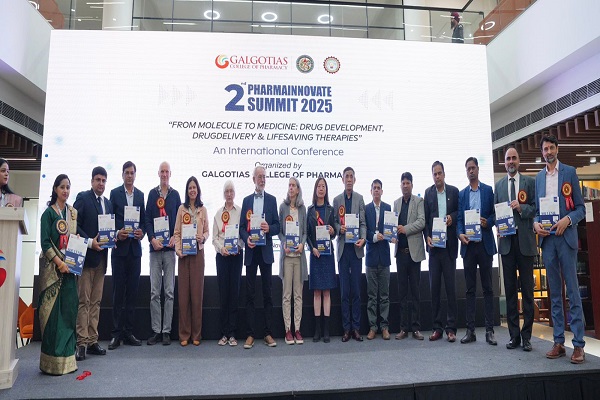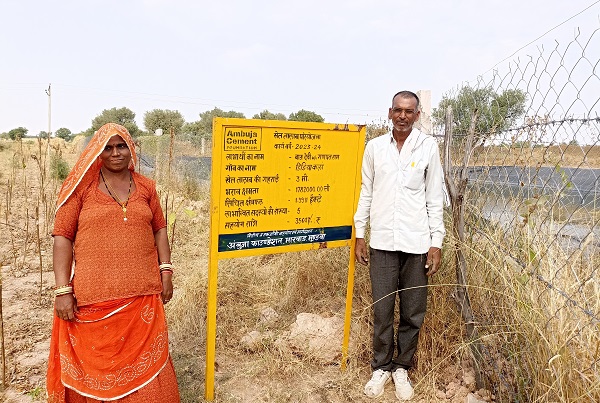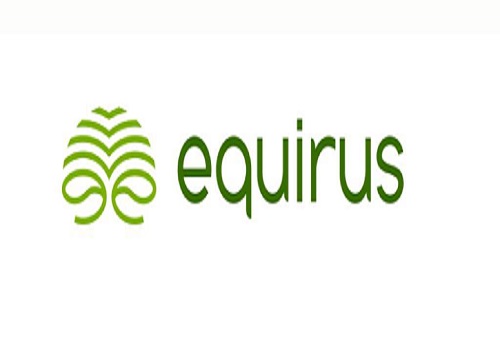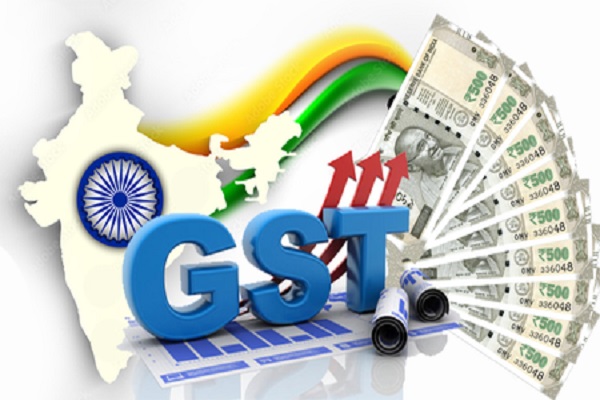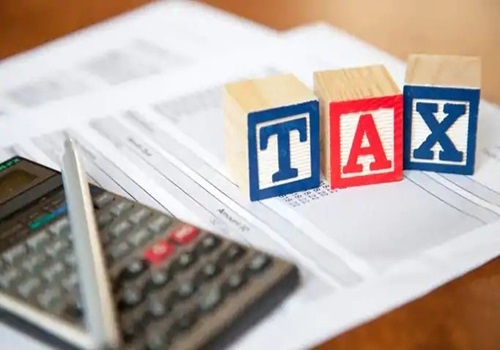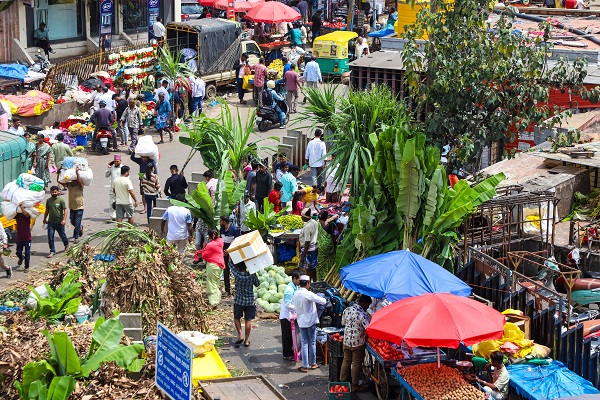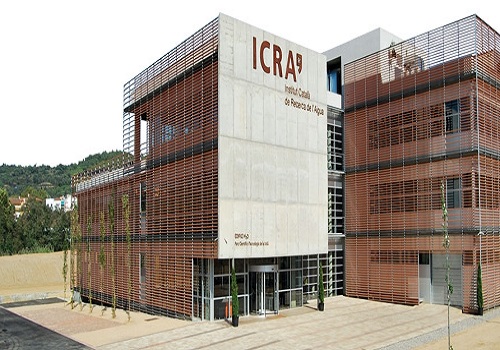Apr`21 brings unseen mathematical problem - Motilal Oswal

Apr’21 brings unseen mathematical problem
Expect 15–20% YoY growth in 1QFY22 real GDP
* What happens when a non-zero integer is divided by zero? It returns “#DIV/0!” in Excel – meaning undefined. This is what defined Apr’21. With lockdowns in the nation at their peak, several indicators – such as passenger traffic, foreign tourist arrivals, and auto sales – witnessed no activity in Apr’20. As a result, it is mathematically impossible to estimate year-on-year (YoY) economic growth for Apr’21. Many other indicators – such as steel/coal/cement production, tractor sales, fuel sales, and IIP for capital goods – showed growth of several hundred percentage points in Apr’21. Consequently, we have failed to produce an estimate for our in-house Economic Activity Index (EAI) for India in Apr’21.
* To get some perspective on the severity of the second COVID wave on economic activity, we instead look at monthover-month (MoM) changes in the list of macroeconomic indicators. Based on our EAI-GVA indicators, the adverse economic impact of the second COVID wave in Apr’21 appears to be roughly one-third of that a year ago in the case of the Industrial and Services sectors, while it appears higher at near 50% levels for the Farm sector. The adverse impact on private consumption and investments was lower at 20–25% of that in Apr’20.
* A look at certain available indicators for May’21 confirms the economic situation worsened last month with stricter restrictions and more states implementing these. The MoM declines in many indicators were almost 2x that in Apr’21. With the start of Jun’21, however, Maharashtra (MH) has taken some steps to unlock the economy and other states are expected to follow suit, implying the worst is behind us.
* This statistical issue would continue in May’21 as well; therefore, we may be able to present our EAI estimates for only Jun’21/1QFY22 in early Aug’21. Although uncertainty continues to loom large, we revise down our 1QFY22 real GDP growth to 15-20% YoY with downside risks, vis-à-vis the previous estimate of ~30%.
* First, the national lockdown during the initial COVID wave…:
Around the same time last year, India saw one of the strictest lockdowns in the world. This led to almost negligible activity in some of the large sectors in the country. Automobile sales were almost nil, passenger traffic was strictly controlled, and foreign tourists were banned. Several other infrastructure-related sectors (such as steel, cement, and coal), retail fuel sales (petrol/diesel), and capital goods production saw massive declines in production in Apr’20.
* …and now local lockdowns amid the ferocious second wave…:
The country has been engulfed by the second COVID wave since mid-Feb’21. Nevertheless, unlike the first wave, the central government has allowed the states to take charge. Therefore, unlike the national lockdown over Apr–Jun’20, the second wave is characterized by local restrictions in several parts of the country over the past three months. As a result, while economic activity is affected, the impact is not as severe or widespread as seen during the first wave.
* …have presented an unseen mathematical problem:
Statistically speaking, this creates an insurmountable problem. When we divide a non-zero integer with zero, it is undefined. This is exactly the case with some of the indicators, while several others show growth of many hundred percentage points (say, 400–500% for steel and cement production). Not only does this render the analysis difficult but also distorts the picture in a manner where we fail to produce an estimate of India’s EAI for Apr’21.
To Read Complete Report & Disclaimer Click Here
For More Motilal Oswal Securities Ltd Disclaimer http://www.motilaloswal.com/MOSLdisclaimer/disclaimer.html SEBI Registration number is INH000000412
Above views are of the author and not of the website kindly read disclaimer



